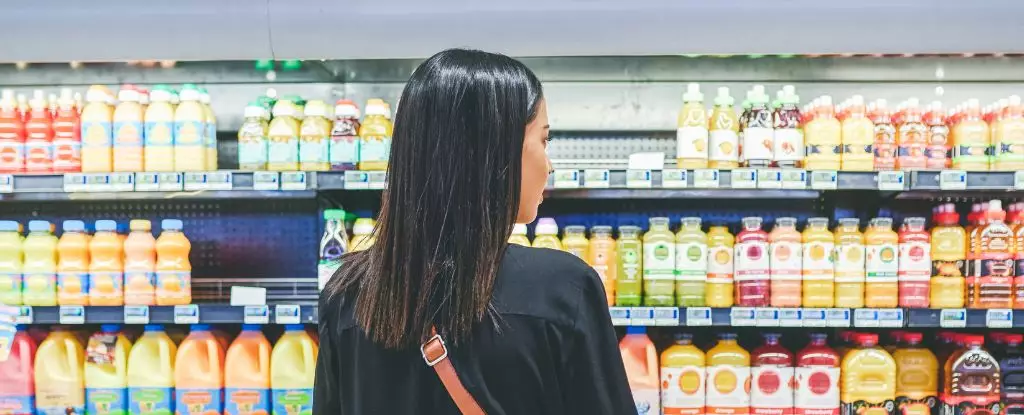In a world increasingly marred by pollution, the emergence of microplastics as a pressing environmental concern is glaring. These relentless microparticles permeate our oceans, infiltrate our food chains, and end up lodged within our very bodies. The latest revelations by France’s food safety authority further corroborate our fears about microplastics’ pervasive contamination, especially within the seemingly more innocuous glass bottles we tend to favor over plastic. With researchers finding alarmingly high concentrations of microplastics in glass-bottled beverages, our reliance on what we perceive as a safer option poses critical questions about our choices and the true safety of our drinks.
Unveiling the Study
The research spearheaded by Guillaume Duflos and his team at the French Agency for Food, Environmental and Occupational Health & Safety (ANSES) offers a troubling paradigm shift. Contrary to what one might expect, the study unveiled that beverages housed in glass bottles—be it soda, iced tea, or beer—contained microplastic particles at levels exponentially higher than in their plastic counterparts or even metal cans. This investigation stands out as a call to action, urging us to scrutinize our long-held beliefs about packaging and safety.
Iseline Chaib, the PhD candidate who helmed the study, succinctly articulated the unexpected findings: “We expected the opposite result.” This shocking outcome raises fundamental questions about the safety of marketed generalities around glass bottles being ‘healthier’ alternatives. The complex interplay of plastic particles from painted caps, coupled with invisible micro-abrasions, starkly illustrates how easily contaminants can infiltrate ostensibly safe products.
Understanding the Sources of Contamination
As alarming as these figures are, it is essential to peel back the layers to understand the sources. One might speculate a direct correlation between the materials used in caps and the found microplastics, with paint and friction as possible culprits. This invites further scrutiny not just of glass bottles but also of the manufacturing processes that contribute to pollution, from the factory floor to the packaging shelf.
Moreover, the conundrum raises broader considerations about consumer awareness and responsibility. Are we as consumers doing enough to demand transparency in production methods and packaging integrity? How often do we make consumption choices based on perceived cleanliness rather than scrutinizing the actual dangers lurking in our chosen containers? The facts presented by this study ought to propel us into a more proactive stance, prompting dialogues about the safety standards consumers deserve.
The Bigger Picture: Implications for Health and Environment
At this juncture, the absence of conclusive evidence linking microplastics to tangible health crises could lull us into a false sense of security. However, the prevailing theories about microplastics and their implications for possible toxicity serve as a pertinent reminder of the necessity for ongoing research. As scientists endeavor to unravel the potential health risks associated with microplastics, we could be standing at the precipice of a public health issue waiting to be fully uncovered.
Furthermore, the ability to mitigate challenges within the industry, such as the cleaning techniques proposed by the researchers that could reduce contamination by up to 60%, hints that action is plausible. Manufacturers are presented with a golden opportunity to recalibrate their approaches, minimizing our exposure to these particles in ways that were previously unexamined.
Consumer Responsibility and Corporate Accountability
This all leads back to the notion of consumer responsibility. Are we willing to perpetuate a cycle of ignorance, or are we ready to hold corporations accountable? As a society that frequently hangs its hat on progress, the onus remains on us to demand more from the products we consume. Armed with knowledge from studies like ANSES’s, consumers can initiate a paradigm shift and advocate for the change we wish to see.
Ultimately, this issue underscores the reality that convenience often obscures a more profound truth. As we navigate the complexity of microplastics within our diets, we must remain vigilant, discerning, and actively engaged in pushing for a healthier, more transparent food and beverage industry. Unquestioningly reaching for glass over plastic may not be the innocent choice it appears; instead, it might represent yet another level of toxicity we must unveil and combat.


Leave a Reply